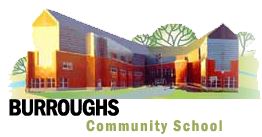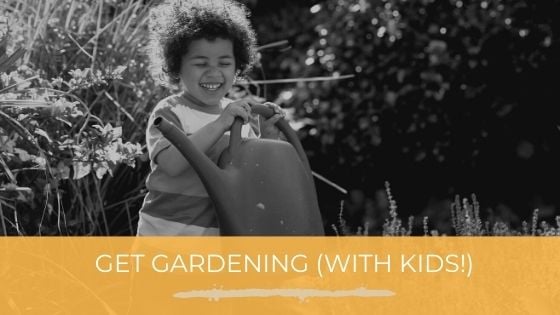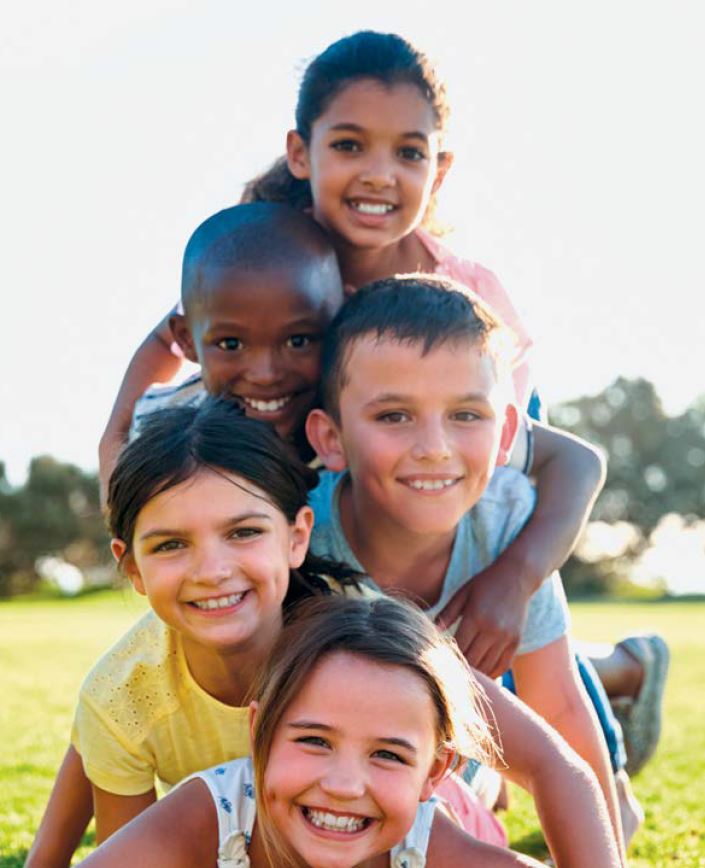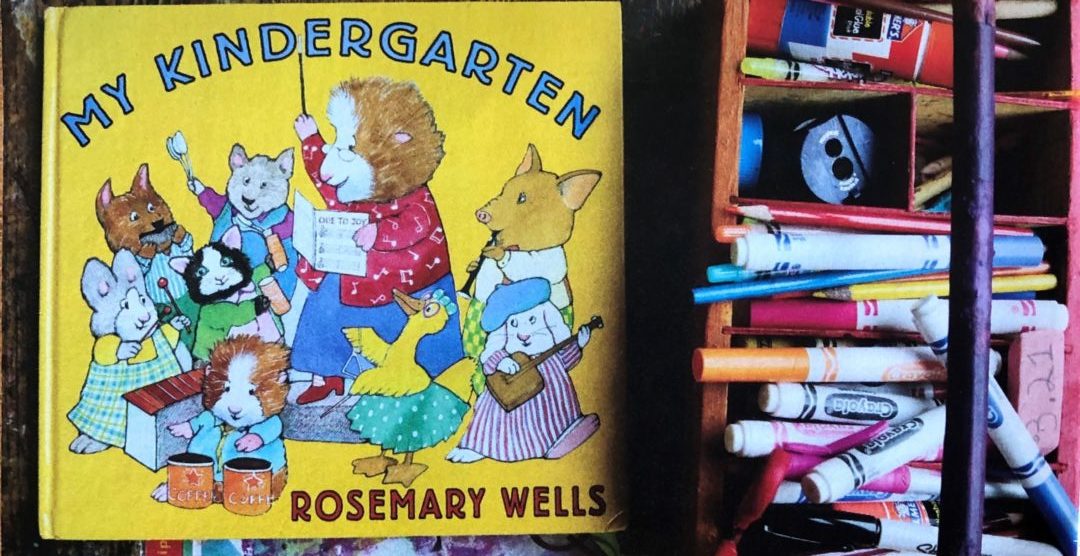As soon as the school day lets out, 14 students at Burroughs Community School in Southwest Minneapolis run from their classrooms to the schoolyard and collectively drop their backpacks.
After a quick snack, they rush to strap on their binoculars and start looking outward and upward.
“Bird! Look there’s a bird!” they shout.
One parent couldn’t be happier.
Amy Simso Dean is a mother of two and founder of the Burroughs Birding Club, which had its inaugural meeting this past April. Each week during April and May, her flock of 14 kids (two of her own) met to learn and have fun discovering birds.
The idea for the club was hatched when she was giving talks about raptors to students at Burroughs as part of their bird study unit. Whenever she’d give the talks, she saw so much interest and wonder in her audience.
“So many kids had stories about birds they had seen. I can’t count the number of times that kids and parents would stop, email or text me to ID a bird,” Simso Dean said. “I kicked the idea around for a while. Fourth grade seemed like a good age to be able to manage a group of kids in the field.”
Thanks to grants from Burroughs Community School, the Minnesota Ornithologists’ Union and the Minnesota Valley Audubon Chapter — and additional support from Birds and Stuff, Eagle Optics, Realtor Bob Williams, The Raptor Center and Fort Snelling State Park — each club member was equipped with binoculars, checklists, a field guide and a notebook.
Some students sketched the birds they saw, while others marked them off a checklist, as they enthusiastically explored the grounds and sky along Minnehaha Creek.
During the first meeting, Simso Dean had two students demonstrate how to watch for movement with their eyes first, and then point their binoculars in that direction.
As club members walked along the creek that first afternoon, they saw nine bird species (and one fish — a Northern pike). At the second meeting, they walked to Lake Harriet. Many species of waterfowl had stopped on the lake to rest and refuel before continuing their migration north.
It was an opportunity for the kids to get up close and see the birds in detail — even their feet. (As Simso Dean suggested in her note to parents that evening, “Google ‘American Coot feet’ and find out what color the kids saw.”) Walking back along the creek, the kids spotted some early spring flowers and a Mourning Cloak butterfly.
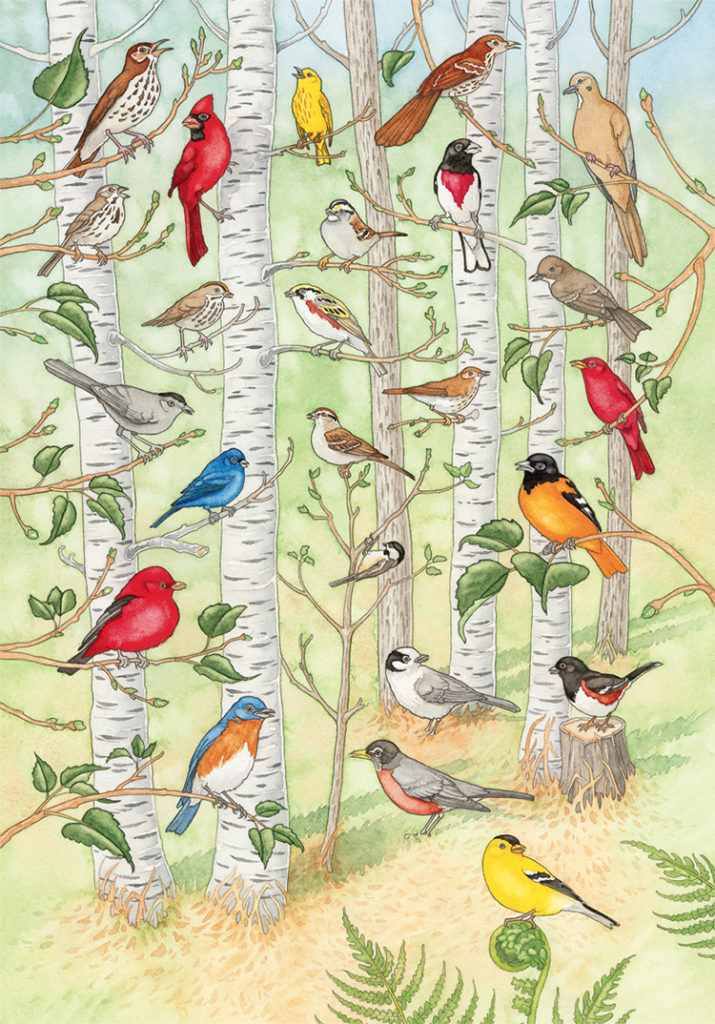
Later club meetings included learning mnemonics to identify birds by their songs (“potato chip, potato chip” is an American goldfinch), dissecting owl pellets (and finding rodent skulls) and creating avian artwork.
At a time when some city kids lack easy access to outdoor spaces, and others are spending more screen time than ever in front of smartphones and tablets, the Burroughs birders are making important new connections.
Richard Louv, author of Last Child in the Woods and director of the Children & Nature Network, has said that spending time outside during formative years has great positive effects on the psychological, physical and spiritual health of children.
In a local interview with Minnesota’s Dr. Marti Erickson, a developmental psychologist, and her daughter Erin Erickson, Louv reported that spending time outdoors has been shown to help kids think, concentrate and pay attention better.
So, for the kids at Burroughs, it’s about the birds, but it’s also about connecting with nature and the outdoors.
As Simso Dean said, “We may not be able to change the world, but maybe we can inspire a few kids who can then change the world.”
Julie Brophy is a volunteer for Burroughs Birders. For two decades, she’s been a K-12 education writer for Journey North, an online K-12 curriculum. Her articles have also been published in Minnetonka Magazine, Victoria Gazette and The Southwest Journal.





